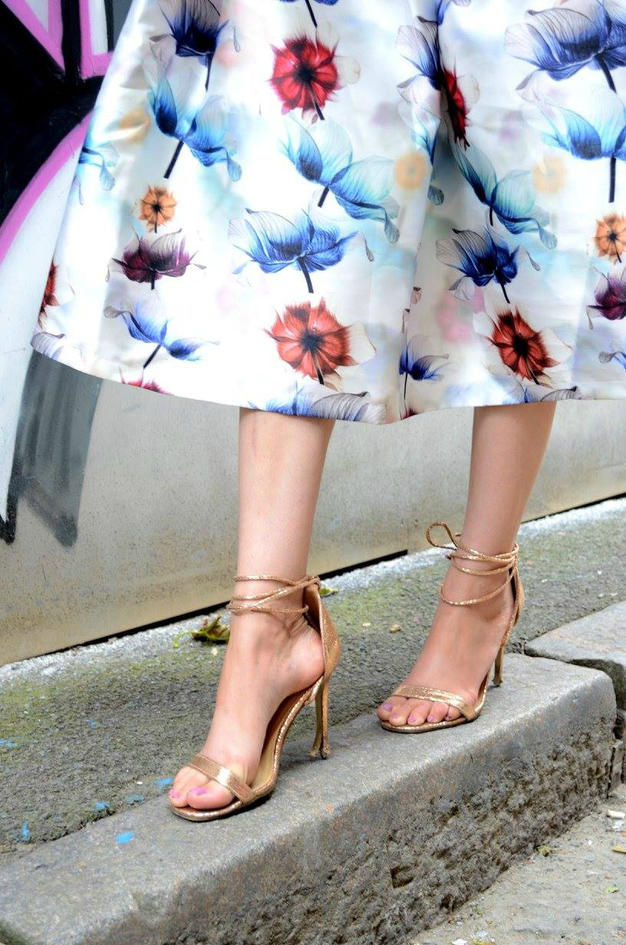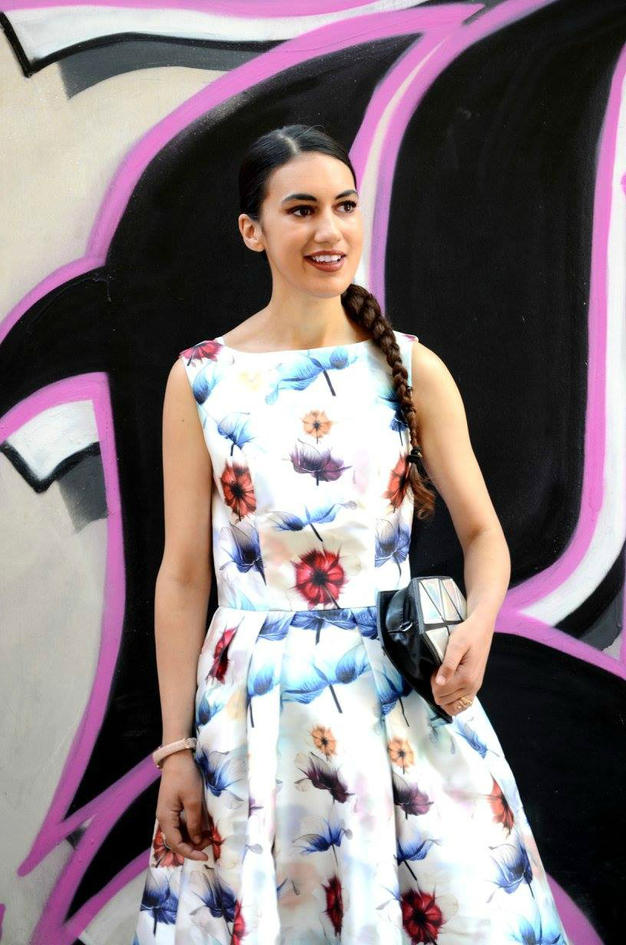I grew up enamored with fairytales, fairytales that span centuries and the boundaries of time. Fairytales where women were mythical creatures bristling with unseen power, tales where there was no difference between creativity and narrative. Over time the Grimm’s Tale’s became Disney-ified and princesses became the definition of the perfect female ‘doe eyed, hapless and in need of a Prince to come rescue her from oblivion’. Feminists criticized the construction of ‘female identity’ in these ‘male-centric narratives’ and stated that women had become subordinate ‘vessels’ for male gratification. As a feminist I grew up believing that fairytales was no longer something to enjoy reading but a subtext that portrayed women in a no less than bad light. Cinderella was a puppet, Snow White was dull and Princess Aurora needed the touch of a man to come alive. It made sense that I saw these characters as weak constructions of femininity but what I didn’t realize was that Disney fairytales were not always ‘anti-feminist’; take Belle for example – literate, a knowledge seeker and maternal, Belle held the ‘Beast’ in her power because she was an ‘enabler of care’ and a ‘knowledge seeker’. Princess Tiana- a self-sufficient grafter and of course Anna & Elsa who needed no man to live their lives. All of these Disney princesses made me realize that the fairytales I had coveted as a child were still acceptable to read and even as a feminist I could identify with ‘princess’ culture because they were not weak and hapless like I once thought but emancipated women who took charge of their own destinies. In other words princesses are not weak but strong empowered women who hold men in their power and not the other way round. So I fell in love with fairytales once more but the narratives I sought was not the ones defined by ‘sugar and spice’ but instead real tales that I could identify with. There was ‘The White Bride and The Black One’ where the White Bride overcomes evil to defeat her wicked stepmother and stepsisters, the Postmodern princess Fiona whose love for Shrek turned her into an Ogress proving that true love has obstacles and limitations even in the exaggerated subtext of a fairytale. During the Disney Princess Renaissance era princesses like Jasmine, Pocohantus and Mulan were more ‘active’ than ‘reactive’ and sought to find ‘adventure’ rather than exclusively have a narrative based on ‘finding love’.

Princesses were exciting again and in my search for a feminist, or at least powerful princess my ‘fairytale dress’ collection expanded with each tale that I read. There was the sumptuous silk pink gown plucked from Princess Aurora’s trove and the shining blue vision that was fit for a princesses entrance to the ball and no two dresses were the same. Over time my style became more ‘feminine’ and I grew tired of the ‘tomboy culture’ I had been associated with because I was scared it would make me ‘look more masculine’. Now, of course, I couldn’t give a f**k and my style ranges from ‘Princess’ one day to casual luxe the next and I love how adventurous and unexpected my fashion choices can be. Because there seems to be an expectation that to wear a dress you must be ‘classy and refined’ when I am neither of those things; I am feisty, strong willed and highly opinionated and what many people don’t realize is how these character traits relate to princesses too, especially Mulan and Merida. My dress collection may-to the naked eye- make me look elegant and sophisticated but I swear without abandon and will quite happily shut down any rude men or women that dare to judge a book by its cover. To me dresses like Chi Chi London’s Digital Floral Print Midi Dress make me feel in control of my own macro economy and feel empowered when I shatter archaic stereotypes surrounding femininity. Because lets face it you can wear a dress, feel feminine and still kick ass when you feel like it.
I kick ass on a regular basis, take exhibit A for example; I am at Stratford Station in my princess gown, when a man becomes aggressive with a group of young men and women who he tells to ‘f**k off back to their country because they don’t belong in the UK, which of course made my blood boil. As someone who is British but proud of her Portuguese ancestry seeing someone be so violently racist was enough to rile me and take a stand against this little boy who calls himself a man. I told him to stop being racist and to apologize to the young men and women who he had attacked with vicious words to which he turned on me informing me that ‘I was a f**king foreigner anyway so what the f**k did I know when I am a f**king little Princess’. I turned around and said ‘what because I am wearing a dress?’ A. I am British to which he interjected ‘have respect for the British people then’ (as if I would respect a racist bigot, not today Satan…) and B. A dress does not define what I can and can’t do. A dress does not limit you from being who you are nor does it automatically change you into a weak damsel in distress, whose cardboard cut out personality only exists in the Twelfth Century. Oh no my friend, a dress is a hidden weapon, a disguise where you can still be that fierce minded women you have always been. I am still the same person in jeans as I am in a freaking awesome dress and if I want to be a Princess than so be it. My name is Princess Ana and like it or leave it this Princess bites back.
Shop The Look: Dress- Chi Chi London At House of Fraser/ Heels- Missguided / Bag- Woolf Whistle Ring & Watch- Debenhams / Ring Set-Topshop What Are Your Thoughts On The Representation Of Princesses And How Do Dresses Make You Feel?
What Are Your Thoughts On The Representation Of Princesses And How Do Dresses Make You Feel?


Woo hoo for standing up to the man who was picking on the group! How people can be that way is beyond me. I too grew up as a tomboy .. on a farm in Iowa. I didn’t think anything of it. When I started my career job I started to wear dresses to work and realized they were awesome. We can still be fierce and smart and compassionate and wise no matter what we’re wearing!